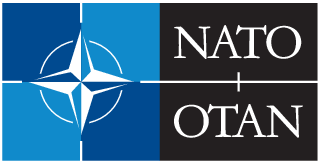Economic benefits and development
as a result of NATO's presence
A turbulent history and its painful lessons have given Poles many reasons to seek security and Allies in the most powerful military Alliance of democratic nations. Poland's accession to NATO was the fulfillment of a dream that the architects of the peaceful Solidarity revolution shared with millions of Poles1 - that of an independent homeland returning to a democratic community of values.
Twenty-five years of membership in the North Atlantic Alliance have protected Poland from the threats of aggressive regimes and terrorist groups. It has kept the country away from the wars and conflicts ravaging other parts of the world. Poland's young democracy was able to thrive in the peace and stability that Europe sorely lacked throughout the 20th century. Instead of struggling alone to survive, Poles have been able to think about the future and build their economic prosperity, as does the entire transatlantic community, whose identity is defined by cooperation, consensus, and the drive to build a better world.
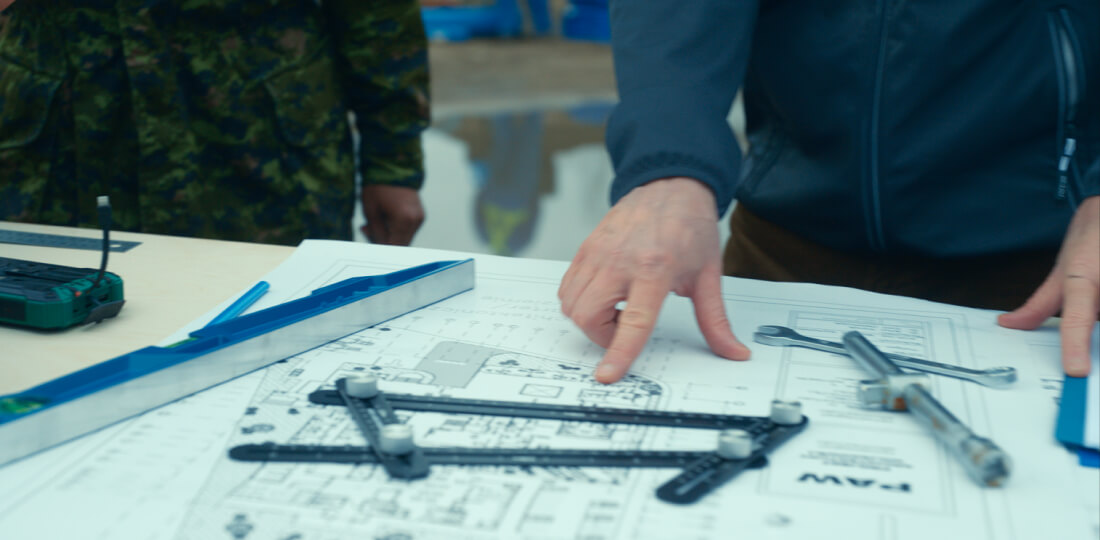

Poland no longer has to fear for its independence.
Its voice is now better heard and understood on both sides of the Atlantic. So is its desire to shape its own future, which does not necessarily mean remaining isolated.
It was international cooperation and new Alliances that pulled Poland forever out of the communist trap that had led the country to political stagnation, technological regression and economic collapse. Since then, Poland has sovereignly determined its destiny in the globalized world, for which it is a symbol of success, security and dynamic development.
Yet NATO is not just about collective defense and deterrence, which provide Allies with the ultimate security guarantees2. Membership of the Alliance has also proved to be a powerful development stimulus for the entire Polish Armed Forces. It has helped bring the Polish military up to NATO standards, accelerated the process of transformation of the various types of armed forces and their technical modernization3. It enabled the introduction of civilian control over the army and the reform of its organizational structure. These changes are best symbolized by the F-16 “Hawk” aircraft with a red and white checkerboard on its wings, which has been guarding the skies over Poland since 20064.
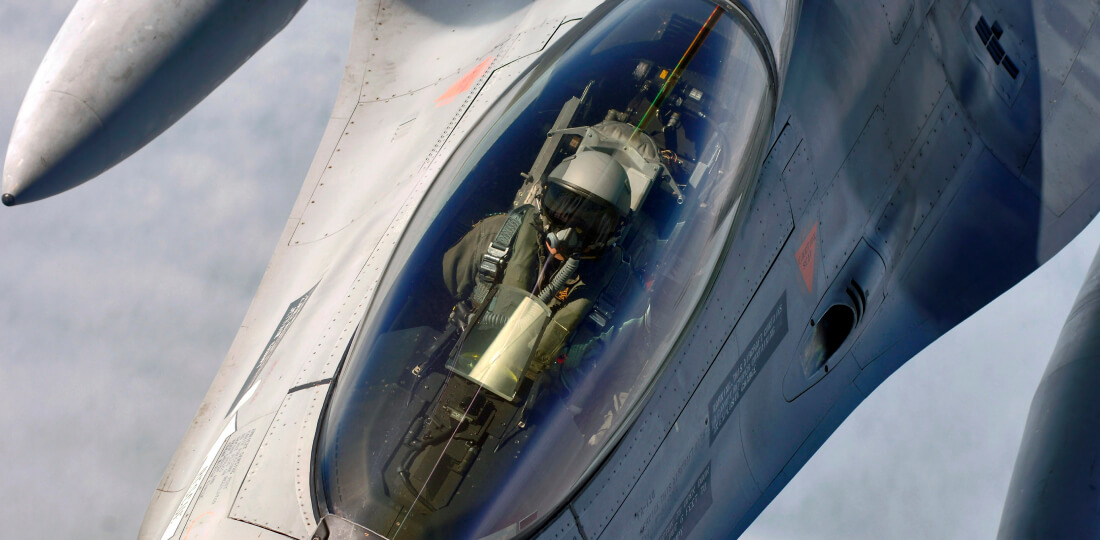
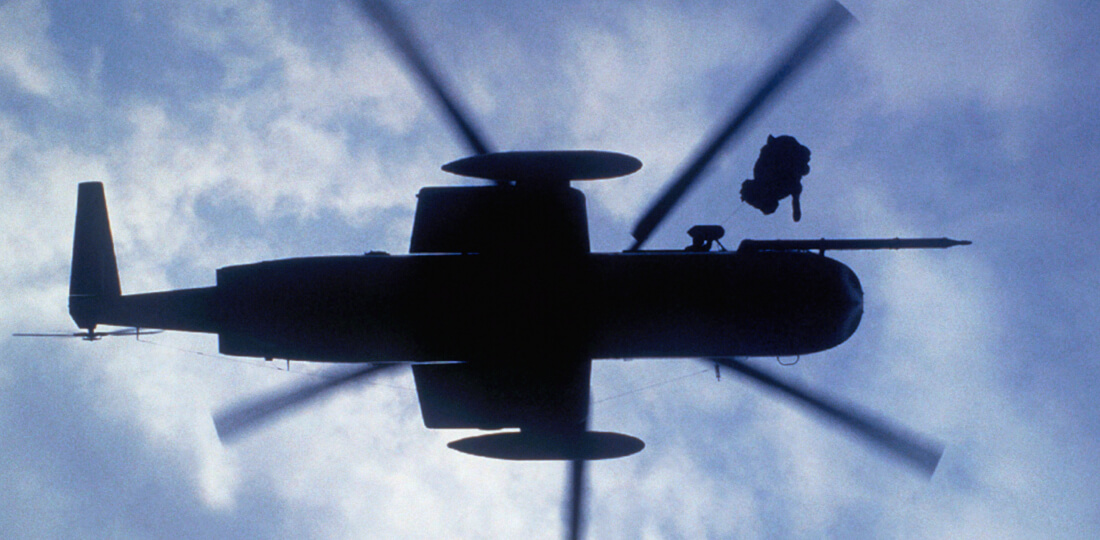
NATO's protective umbrella has indirectly created a climate for strengthening the economy of Poland, which has earned a reputation as a country safe for investors.
The resulting influx of capital and technology fueled the development of industry and services, contributing to unprecedented economic growth. Over the past 30 years, Poland's GDP has grown continuously, recording unprecedented growth in European history5.
Poland is also one of the largest beneficiaries of the NATO Investment Program (NSIP)6. The Alliance directly funds key infrastructure projects across the country, such as a modern logistics complex and equipment storage in Powidz and barracks buildings in Siedlce. Poland's defense and military cooperation capabilities are steadily growing thanks to NATO investments in the modernization of Polish military airfields, radar facilities, fuel depots and naval bases. Since 1999, Poland has signed contracts under the NSIP for 224 projects at 35 sites worth PLN 7.7 billion, including PLN 3.4 million from the NATO budget7. The United States has also decided to build a military base in Redzikowo to operate its missile defense system.
Since 1996, Poland has participated in Allied missions and operations, including in the Balkans, Iraq, and Afghanistan8, where Polish soldiers have gained combat experience, the ability to interact with Allies, and access to advanced Western technologies. Poland has also hosted major Allied exercises: Strong Resolve 2002, Steadfast Jazz 2013, Anaconda 2016, and in 2024, 20,000 NATO troops will participate in the largest military exercise, Dragon-24, demonstrating full interoperability.
Poland's specialty in NATO is special forces. During the Cobra 2013 special forces exercise, the Special Forces Command was certified to lead the special forces of NATO countries. 10 years later, the Polish command renewed its certification for the third time, but for the first time confirmed its ability to command a large-scale defense operation9.
There are six NATO-related international structures on Polish territory: in Szczecin - the Multinational Corps Northeast; in Bydgoszcz - the NATO Joint Force Training Center, the 3rd NATO Signal Battalion Command, the NATO Military Police Center of Excellence and the NATO Forces Integration Unit; and in Krakow - the NATO Counter Intelligence Centre of Excellence in Krakow10.
All of this demonstrates the depth of NATO's and Poland's commitment to collective security and Allied solidarity. In this way, NATO members are reminded that while each is independent, no one is alone. In fact, this partnership reinforces the independence of NATO countries like no other, providing them with the resources and support that keep them strong and united.
References
1 https://www.bbn.gov.pl/pl/wydarzenia/15-lat-polski-w-nato/polska-w-sojuszu-polnoc/5294,Droga-Polski-do-NATO-kalendarium.html2 https://www.nato.int/cps/en/natohq/opinions_222594.htm?selectedLocale=enCheck your
knowledge
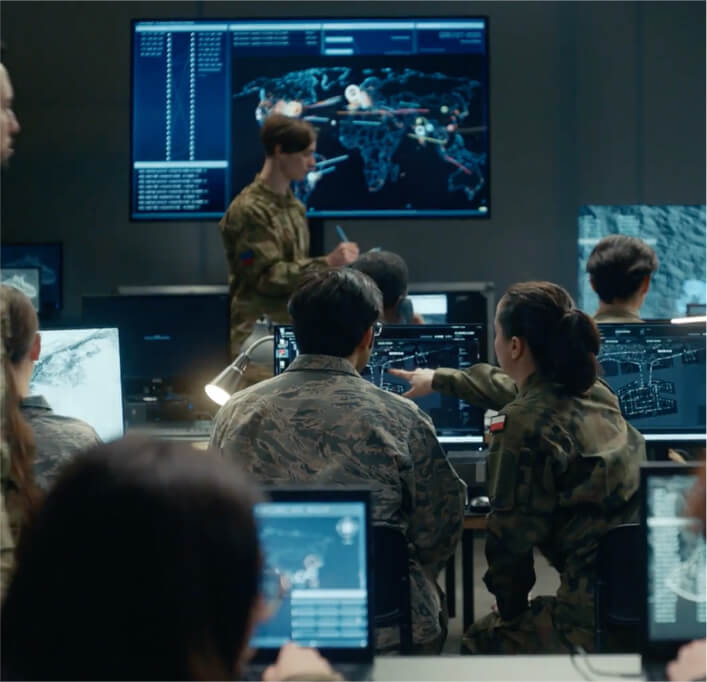
The term "disinformation" has become increasingly prevalent in recent years, leading many to believe they are well-versed in its nuances. It's easy to dismiss falsely created content as trivial and straightforward to identify, assuming one would have to be exceptionally gullible to fall for it.
However, it's precisely the banality and simplicity of disinformation that often serve as mechanisms of manipulation. What's more, such manipulation can be a component of hybrid operations, which mix digital attacks with information warfare to support armed aggression. The ultimate goal is to sow unrest, undermine legal frameworks, and destabilize military Alliances like NATO, exacerbating social divisions and fringe ideologies.
War in its worst military form, does not have to occur at our borders to affect us. This underscores the importance of delving deeper into understanding disinformation and the tactics employed called "bad actors" who propagate it. Our knowledge and awareness of these threats serve as our best defense in combating them daily.
What's
next?
We All
Need Allies
The twentieth century was a century of wars, great ideologies and tragic conflicts that changed the world. It was also a time of remarkable scientific, technological and social achievements that contributed to the development and progress of humanity. As we entered the 21st century, we hoped that the painful lessons were behind us and the next centennial would be a time of global peace, growing prosperity and dialogue. In reality, over the past 20 years we have continuously faced new challenges: terrorism, financial, migration and environmental crises, pandemics, authoritarian regimes and growing inequality.
read more
